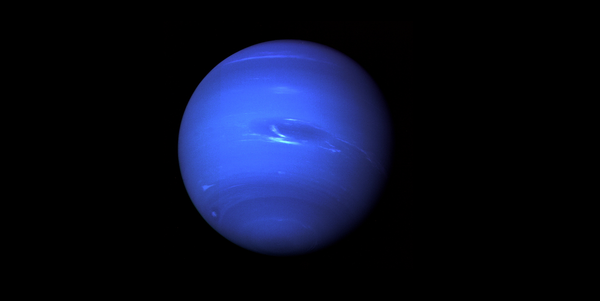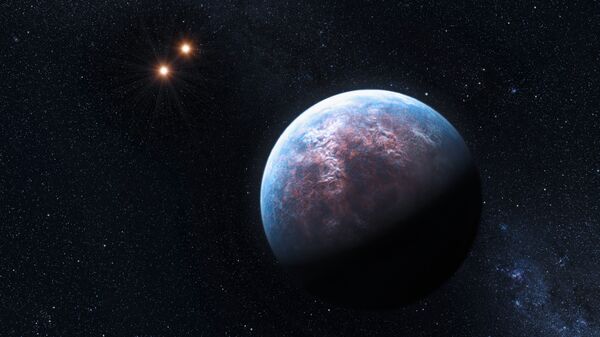NASA's planet-hunting mission TESS, launched in 2018, has found its first potentially habitable exoplanet orbiting a star about 100 light-years from Earth, according to findings announced by the agency at the 235th meeting of the American Astronomical Society in Honolulu on 6 January.
The planet, known as TOI 700 d, is one of three orbiting TOI 700, a small, cool M-dwarf star in the Dorado constellation, and happens to be at just the right distance to support liquid water on the surface in the star's habitable zone.
Astronomers confirmed their discovery using NASA's Spitzer Space Telescope infrared capabilities with follow-up observations.
The scientists have also modelled the planet's potential environment to further investigate its habitability.
“Discovering TOI 700 d is a key science finding for TESS,” said Paul Hertz, astrophysics division director at NASA Headquarters in Washington, in an official statement.
Exciting Find
What makes this discovery so fascinating is that the planet is one of a select few potentially habitable planets discovered outside of our solar system. It also happens to be the size of Earth.
Observations show that TOI 700 d completes a single orbit around the star every 37 Earth days, as it receives about 86 per cent of the energy that our sun supplies to Earth.
Interestingly, the planet is believed to be tidally locked, with one side always in daylight.
The other two planets in the system are different: one is the size of Earth and rocky like our planet, and the second is considered to be gaseous and between the size of Earth and Neptune.

"TESS was designed and launched specifically to find Earth-sized planets orbiting nearby stars… Planets around nearby stars are easiest to follow-up with larger telescopes in space and on Earth. Confirming the planet's size and habitable zone status with Spitzer is another win for Spitzer as it approaches the end of science operations this January," said Paul Hertz.
In a curious fact, previously scientists had mis-categorised the star - TOI 700 - as being more similar to our Sun, with astronomers ruling out nearby orbiting planets as too hot to support life.
But researchers, including high school student Alton Spencer working with the TESS team, noticed the error.
"When we corrected the star's parameters, the sizes of its planets dropped, and we realised the outermost one was about the size of Earth and in the habitable zone," said Emily Gilbert, a graduate student at the University of Chicago.
"Additionally, in 11 months of data we saw no flares from the star, which improves the chances TOI 700 d is habitable and makes it easier to model its atmospheric and surface conditions."
In the future, missions like NASA's James Webb Space Telescope, launching in 2021, could determine if the planets have atmospheres and their compositions.
Environment simulations created by researchers using TESS' data revealed the newfound planet may be strikingly different from earth.
Due to it being tidally locked, the way clouds form and wind blows might be quite strikingly different.
"It's exciting because no matter what we find out about the planet, it's going to look completely different from what we have here on Earth," said Gabrielle Engelmann-Suissa, a Universities Space Research Association visiting research assistant at NASA's Goddard Space Flight Center.


